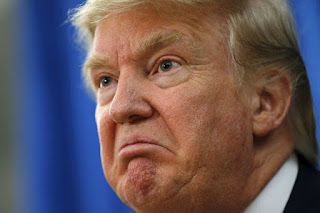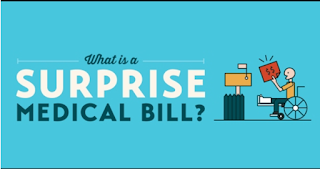Since the outbreak of Coronavirus, decisions have been made within the government on many topics including financial relief for students, unemployment and others. One of these decisions involves blood donations. On April 2, the U.S. Food and Drug Administration ("FDA") revised their guidelines which previously banned gay men from donating blood for a year after sexual intercourse with another man.
In these new guidelines, the FDA has instead recommended a three month wait period for these men. This will remain in place throughout the course of COVID-19 or within 60 days of the emergency being lifted, according to The Hill.
The national blood supply has been critically low, according to The Red Cross. Pleas for donations from healthy donors have been made within the past years, but with the recent outbreak of COVID-19, the need is much greater now.
According to their website, the American Red Cross provides roughly 40% of the nation’s blood and blood components, all volunteer based. Group O- blood is the most highly sought-after blood group, because it is universally accepted by other blood types.
The recent change in FDA guidelines to allow men who have sex with men to donate blood after 3 months may seem as better than the previous guidelines, which it is. However, this recent guideline change has revealed many issues with the blood donation program in America.
It was only in December of 2015 that the FDA moved their lifetime ban on gay and bisexual men donating blood to a one year wait period.
“Blood centers nationwide screen potential donors by asking a set of questions written to determine risk factors that could indicate possible infection with a transmissible disease, such as HIV or hepatitis. According to the FDA, this pre-screening eliminates up to 90% of donors who may be carrying a blood-borne disease,” the Human Rights Campaign said.
This raises the question: if screening donors is already a universal concept in blood donation, why should gay men have to wait a period of time to donate blood? Even if a gay man had sexual encounter with an HIV positive person, if they went through the pre-screening process for blood donation and reported either they had sex with another man who they were unsure of their sexual history and/or they had sex with a man who they are sure is HIV positive, wouldn’t that eliminate the risk there?
The American Red Cross tests all donated blood after donations for infectious diseases, but it may not be 100% effective in donors who may have been infected with a blood-borne pathogen recently.
However, if a gay man has taken the necessary precautions to protect against transmission of blood-borne diseases such as HIV or hepatitis, I see no reason as to why they cannot safely donate blood- especially in a time of crisis and a national shortage.
In an article written for USA Today, David Oliver spoke on issues he’s faced as a gay man attempting to donate blood amid Coronavirus.
“The first and only time I donated blood; I hadn't had sexual contact with another man. Heck, I hadn’t yet come out. I was 21 years old and passed out shortly after doing it. Over the six years since then, it has been too easy for me to throw my hands up and say: "Well, I can't even donate anyway." But during this time of crisis, I would give anything to help,” Oliver said.
This narrative is all too common among LGBTQ+ men. The need for blood is greater than ever, and if screening processes are taken and donors are open about their past possible exposure to pathogens, I see no reason as to why this blood shortage could not be addressed by all Americans.
 |
| Photo Source: Change.org |
“The American Red Cross believes blood donation eligibility should not be determined by methods that are based upon sexual orientation. We are committed to working toward achieving this goal,” The American Red Cross said.
The goal of blood donation eligibility not being based upon sexual orientation is an achievable one. Americans must look past their ignorance and outdated ideas of LGBTQ+ men and blood donation to help the greater good.
References:
- Blood Needs & Blood Supply. (n.d.). Retrieved from https://www.redcrossblood.org/donate-blood/how-to-donate/how-blood-donations-help/blood-needs-blood-supply.html
- Human Rights Campaign. (n.d.). Blood Donations and the LGBTQ Community. Retrieved from https://www.hrc.org/resources/blood-donations
- LGBTQ Donors. (n.d.). Retrieved from https://www.redcrossblood.org/donate-blood/how-to-donate/eligibility-requirements/lgbtq-donors.html
- Oliver, D. (2020, March 30). Red Cross is asking for blood donations amid coronavirus. Because I'm gay, I'm excluded. Retrieved from https://www.usatoday.com/story/opinion/voices/2020/03/20/coronavirus-let-lgbtq-men-donate-blood-amid-shortage-column/2876677001/
- Weixel, N. (2020, April 2). FDA loosens restrictions on gay men donating blood amid pandemic. Retrieved from https://thehill.com/homenews/administration/490824-fda-loosens-restrictions-on-gay-men-donating-blood-amid-coronavirus#.XoYgEQB4AkA.twitter







